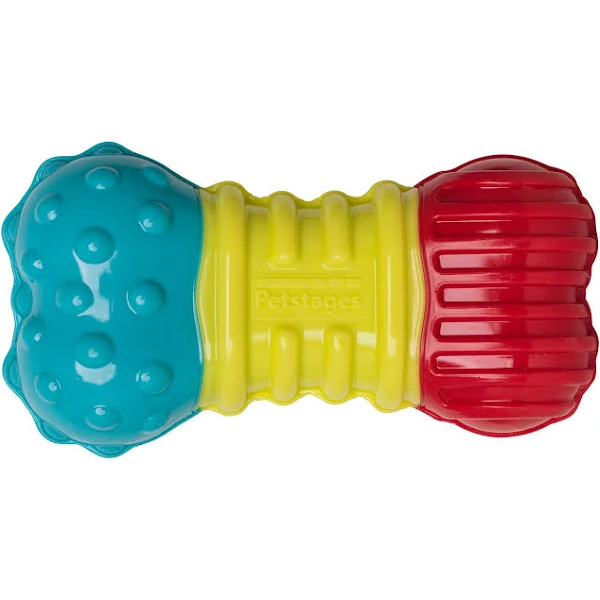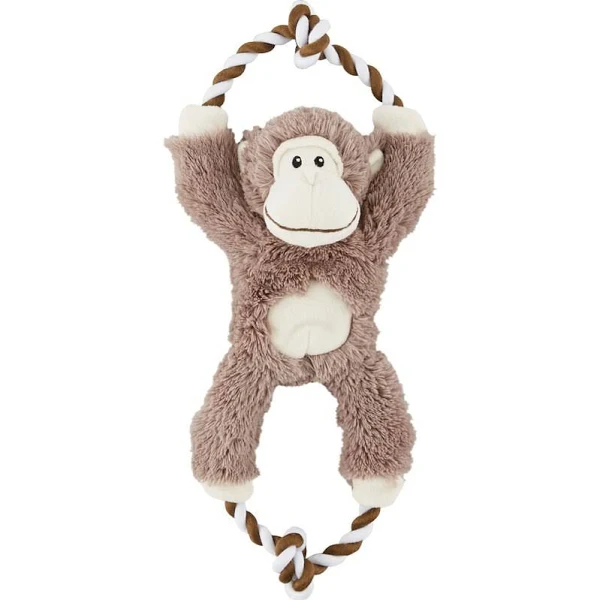Bedding:
For the first couple of weeks we recommend that you don’t put bedding inside of the kennel. Some puppies will use bedding as a way to remove potty training accidents from their vicinity and can reinforce bad behavior.
Get a bed, or even a blanket, that you can teach your dog to relax on outside of the crate that will not be distracting. This is important to teach your dog so that they know they have a consistent place outside of their crate when you start to ween them off of their crate.
Carriers, Crates, and Kennels:
It is Important to get a crate/kennel that your dog can stand, turn, lay and stretch comfortable in without having way too much room. A crate that is too big for your puppy can encourage accidents. It is perfectly fine to buy a kennel that your puppy can grow into, but we recommend ones that come with partitions for you to expand the kennel as needed. A full grown Shepard will need an XL crate but can be weened before they get to that point.
Food & Water:
Stainless steel bowls are best. You can get ones with the non-slip rubber on the bottom but if you intend to leave the bowls in crates we do not recommend it. Dogs should have access to water at all times during the day. If you intend on leaving your dog in a crate for a long time, we recommend a water bowl that can hang from the side of your dogs crate. This will prevent your dog from jumping inside of the water or spilling the bowl. For the most successful chance of an accident free night you shouldn’t give your dog any food or water 2-4 hours before bed time. If your dog seems thirsty you can give them an ice cube.
Your puppy should be fed 3-4 times a day. Your puppy will be sent home with a bag of the food that they are already eating. This is the time to decide if you are going to switch their food or not. There are plenty of good puppy foods out there but the transition of food will need to be gradual for best results. If you decide to switch, food you will need to feed your dog a 1:1 ratio of their new and old food each time you feed them for a week. After a week you can lower the amount of old food until they are completely on the new food.
Toys
Toys come in many different shapes and sizes. Some may look fun but pay attention because they mean different things:
Bones and chewers -
These are good toys to leave with your dog 24/7 but be careful about the toughness of the toys. Edible ones are good for your dog in limitations. Soft ones shouldn’t go in with older pups as chunks can fly off and be a hazard.
Kongs-
are amazing toys that you should introduce immediately. The softer kongs
are blue and pink which are good for young puppies. The red ones are great
for older puppies and dogs. If you find your dog going through a lot of toys they
will need a stronger material. Black kongs are the go-to for powerful chewers.
Keep in mind: when picking out toys, the tougher ones are nicer for durability but if your dog is having a hard time biting down on it they may not be as interested. When dogs are young it is important to take into account the material of the toy so you’re not buying a toy your dog doesn’t take interest in because they don’t feel like they can play with it.
Treats:
A Crunchy treat:
the crunchy treats are not good for training. Crunchy treats take time to eat and delay your dog’s attention as they take their time enjoying their reward. These treats are best when given to your dog after going to the bathroom on time or going back into their kennel. These treats are also good to use after a good training session ends but not the best for taking up your dog’s time long term.
Training treats:
These treats need to be small and soft. You can buy bigger treats and cut them but it is important that the treats are eaten quickly. It will be hard to find the perfect treat for training. We recommend you try a few out and see what works best for your dog.
.
You have a new puppy!… now what ?
In the first 72 hours, it is important to keep their world small. For the best experience out of the gate, you should take the first three days of the puppy’s time in its new home to keep them calm and work on the bond between your new puppy and its new family. This time is imperative to set up your relationship with your puppy and learn more about them. Day one should be about setting up the 1 designated bathroom spot, 2 normalization to their crate/ playpen, and 3 calm intentional play. This will set up 3 important things to build upon for you and your puppy’s future.
#1 this is where the puppy will learn to go to the bathroom. It is important to take your dog to this location twice every hour when they are young to teach them that this place is okay and safe to pee or poop in. This will not eliminate in-house accidents so make sure you also have puppy pads around.
#2 this is a safe place for them to rest. It is important to build a positive association with your dog and its kennel. If you have kids, it’s also important to teach them that this is a place your dog will go to feel safe and escape when they are getting overstimulated and not to bother them here.
#3 calm and intentional play may sound boring but it is a quick and easy way to learn more about your puppy. Do they play more with their paws, do they bite down more, do they run around more? It will set you up to have more interesting and successful playtimes in the future if you take the time to learn what your dog prefers more now.
Once you think they’ve settled you can open their world to more things like visitors, new areas of the house, and even other pets. The best way to keep their world small is through Baby gates, Playpens, and Carriers. It is important not to over-simulate your new furry friend. We recommend a general setup like this:
This lets the puppy roam freely while still containing the area they have access to which can limit overstimulation, accidents, and trouble-making. If you want to keep an eye on them but not let them roam you can just move their crate with you. This setup is also perfect for the busy dog owner, you may not be able to let your dog out of the kennel all day so this will help keep them more stimulated.
Basic Training:
Basic training is important. You should start training your dog on Day 1. This lets them know that there are expectations and boundaries and will also help set the foundation for years to come. For the best puppy training advice we strongly recommend these videos:
Interactive toys-
Are easily Identified by their material. They are fun and may seem good but do not
leave them alone with your puppy to avoid indigestion of fiber.



